|
|
|
|
|
|
|
|
Photo Gallery for Coluber constrictor - North American Racer
| 106 photos are available. Only the most recent 30 are shown.
|
 | Recorded by: J. Mickey
Wilkes Co.
Comment: |  | Recorded by: Caleb Garner
Wake Co.
Comment: |
 | Recorded by: Erich Hofmann and Kayla Weinfurther
Brunswick Co.
Comment: | 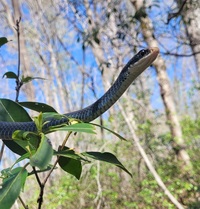 | Recorded by: Andrew W. Jones
Polk Co.
Comment: |
 | Recorded by: Andrew W. Jones
Polk Co.
Comment: |  | Recorded by: J. Mickey
Wilkes Co.
Comment: |
 | Recorded by: J. Mickey
Wilkes Co.
Comment: |  | Recorded by: K. Bischof, S. Hill, M. Briley
Transylvania Co.
Comment: |
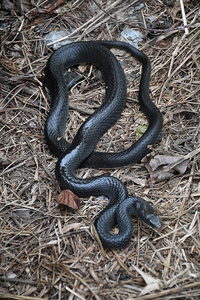 | Recorded by: J. Mickey
Wilkes Co.
Comment: | 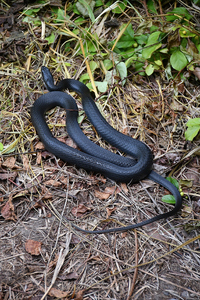 | Recorded by: J. Mickey
Wilkes Co.
Comment: |
 | Recorded by: A. Ledford
Wake Co.
Comment: |  | Recorded by: Erich Hofmann
Columbus Co.
Comment: |
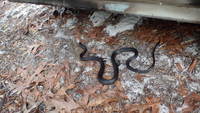 | Recorded by: Erich Hofmann
New Hanover Co.
Comment: | 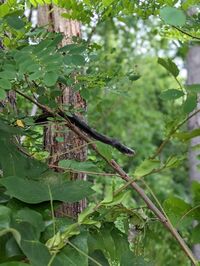 | Recorded by: K. Williams, D. Wallace
Surry Co.
Comment: |
 | Recorded by: L. Eckart
Carteret Co.
Comment: | 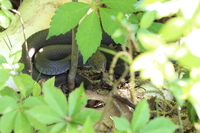 | Recorded by: Travis McLain
Cabarrus Co.
Comment: |
 | Recorded by: Mark Shields
Onslow Co.
Comment: |  | Recorded by: Robert Russo
Tyrrell Co.
Comment: |
 | Recorded by: Robert Russo
Tyrrell Co.
Comment: |  | Recorded by: Erich Hofmann and Kayla Weinfurther
Columbus Co.
Comment: |
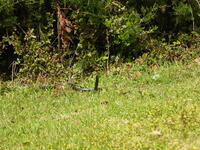 | Recorded by: L. Eckart, M.Meyers
Carteret Co.
Comment: | 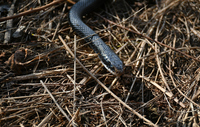 | Recorded by: J. Mickey
Wilkes Co.
Comment: |
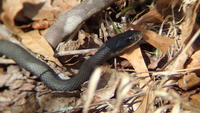 | Recorded by: Erich P. Hofmann and Kayla Weinfurther
Columbus Co.
Comment: |  | Recorded by: Erich Hofmann
Columbus Co.
Comment: |
 | Recorded by: Z. Lunn
Moore Co.
Comment: |  | Recorded by: J. Mickey
Wilkes Co.
Comment: |
 | Recorded by: Erich Hofmann
New Hanover Co.
Comment: |  | Recorded by: J. Mickey
Stokes Co.
Comment: |
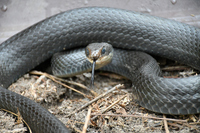 | Recorded by: J. Mickey
Wilkes Co.
Comment: |  | Recorded by: Erich Hofmann and Kayla Weinfurther
Columbus Co.
Comment: |
|
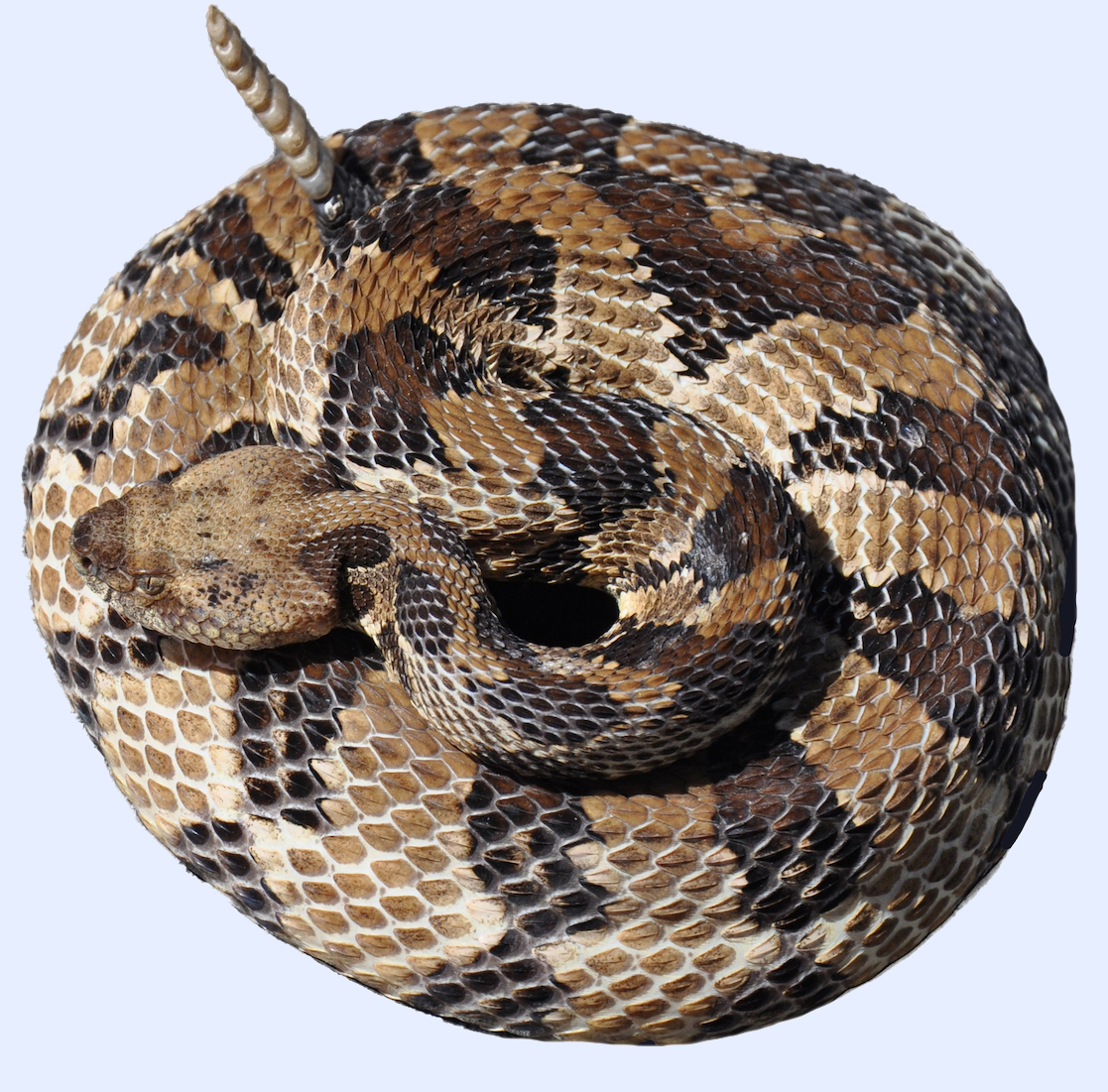
 »
» 



 »
» 

